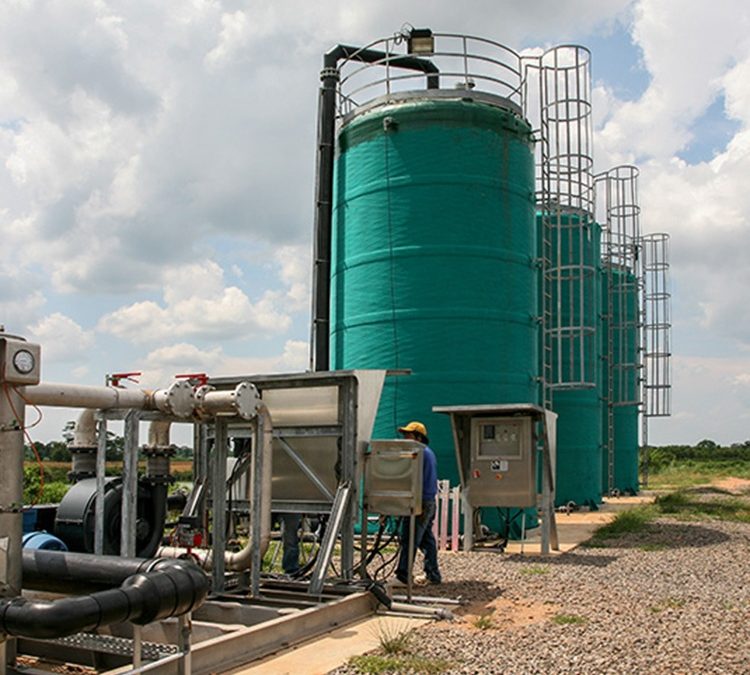Gas flaring, a prevalent practice in the oil and gas sector, has substantial environmental and human health consequences. The repercussions of gas flaring, ranging from exacerbating climate change to endangering local communities, highlight the pressing necessity for efficient measures to alleviate its effects.
Understanding the Environmental Impact of Gas Flaring
Gas flaring emits greenhouse gases and releases toxic air pollutants that can endanger human health and ecosystems. Carbon dioxide, produced mainly by gas flaring, significantly contributes to the greenhouse effect by trapping heat in the atmosphere and causing global warming. Methane, a potent greenhouse gas released during gas flaring, can trap heat more than carbon dioxide in a shorter period, making it a significant contributor to climate change.
Gas flaring emits greenhouse gases and releases nitrogen oxides (NOx) and black carbon, contributing to air pollution and respiratory ailments. Nitrogen oxides (NOx) can undergo chemical reactions with volatile organic compounds (VOCs) present in the atmosphere, forming ground-level ozone. This ozone is a significant constituent of smog and can cause respiratory irritation. Black carbon, often known as soot, absorbs solar radiation, heating the atmosphere and melting snow and ice.
Gas flaring has a wide-ranging environmental impact beyond the immediate vicinity of oil and gas production facilities. It has consequences for global climate patterns and ecosystems on a worldwide scale. To tackle this problem, it is necessary to make collaborative endeavours to decrease the amount of gas being burned off, enhance systems for tracking and reporting, and encourage the implementation of more environmentally friendly technology across the oil and gas sector.
Technological Innovations in Reducing Gas Flaring
The introduction of sophisticated flare monitoring systems has wholly transformed the management and regulation of gas flaring. These systems use advanced sensors and real-time data analytics to detect and measure flare activity correctly. These monitoring systems offer operators in-depth information on flare performance and efficiency, allowing them to make proactive decisions and optimise flaring operations.
Moreover, the emergence of flare gas recovery units (FGRUs) has revolutionised efforts to decrease gas flaring. FGRUs are specifically engineered to capture and treat flared gases, enabling operators to reclaim valuable, lost hydrocarbons. The gases that have been recovered can be used for several purposes, such as generating power, providing heat, or serving as raw materials for petrochemical operations. FGRUs have the dual benefit of reducing environmental harm and generating extra income for oil and gas companies by turning flared gas into valuable products.
In addition, advancements in technology for flare gas have created new opportunities for producing sustainable energy. Advanced gas-to-liquids (GTL) and gas-to-power (GTP) technologies facilitate the transformation of flared gas into superior-grade fuels or energy, offering cleaner options compared to conventional fossil fuels. These groundbreaking technologies not only decrease the release of greenhouse gases but also enhance energy security and diversification.
Implementing technological advancements to decrease gas flaring is a substantial advancement towards attaining environmental sustainability and economic efficiency in the oil and gas sector. Operators can reduce the amount of gas being burned, increase the amount of gas being recovered, and lessen the adverse effects on the environment by using modern monitoring systems, flare gas recovery units, and gas utilisation technology.
The Importance of Flare Systems in the Oil and Gas Industry
Flare systems are essential for maintaining safety and optimising operations in the oil and gas industry. Flare systems safeguard human health and the environment by securely disposing surplus gases and limiting the emission of detrimental pollutants into the atmosphere. Furthermore, flare systems function as crucial safety mechanisms, mitigating the potential for disastrous incidents like blowouts and explosions.
Effective Solutions to Gas Flaring
To tackle the issue of gas flaring, a comprehensive strategy is needed incorporating technological advancements, regulatory actions, and cooperation among different industries. Collaboration between governments, regulatory organisations, and industry stakeholders is essential for implementing laws encouraging the decrease, surveillance, and documentation of flaring operations. Moreover, it is crucial to invest in infrastructure and capacity building to allow the implementation of flare gas recovery technology and alternative energy options.
Gas flaring is a consequence of oil and gas extraction and a significant environmental and social concern. If you would like to obtain additional information regarding Organics’ cutting-edge strategies for gas flaring management and environmental impact reduction, please do not hesitate to contact us at your earliest convenience. Let us collaborate to achieve a sustainable future in which energy production is in harmony with environmental conservation. Please reach out to us for further details.

